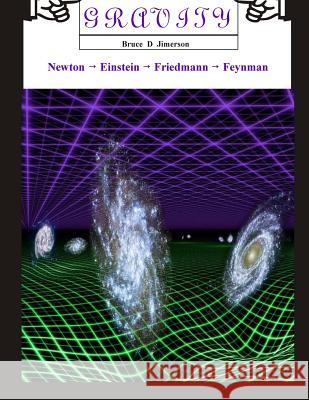Gravity: From Newton to Feynman » książka
Gravity: From Newton to Feynman
ISBN-13: 9781511969147 / Angielski / Miękka / 2015 / 54 str.
Gravity Sir Isaac Newton's recognition that falling objects and orbiting planets are governed by the same physical law, was perhaps his most far sighted and controversial contribution to the scientific world. That masses could reach out across empty space and exert attractive forces upon one another was considered by many as voodoo physics. It would be more than two centuries before the world received a tenable alternative. Albert Einstein eliminated the idea of a gravitational force with mass induced curvature. But the theory did not explain how mass bent space nor did it predict the strength of the gravitational constant G. Comes then, Alexander Friedmann, a Russian theorist with a dynamic solution to the universe. Although his work received little attention at the time, it laid the mathematical foundation for expansion and, when aptly interpreted, an understanding of gravity in terms of global acceleration. As a perspective, expanding empty volumes create negative pressure forces, all of which leads to an observation first expressed by Richard Feynman while teaching at Caltech: Local 'g' forces, being proportional to the masses with which they are associated, may simply be Newtonian reactions. The Story of Gravity comes full circle, from Newton's law of gravitation to his 2nd law of motion. When applied symmetrically, with expanding space as the source, masses create isotropic counter reactions; Einstein's cosmological constant can now be identified with isotropic spatial acceleration rather than static curvature. In this reversal of roles between space and mass, local 'g' fields emerge as counter reactions to global expansion.
Zawartość książki może nie spełniać oczekiwań – reklamacje nie obejmują treści, która mogła nie być redakcyjnie ani merytorycznie opracowana.











